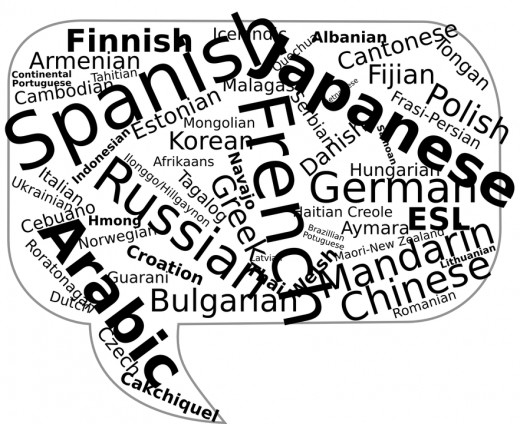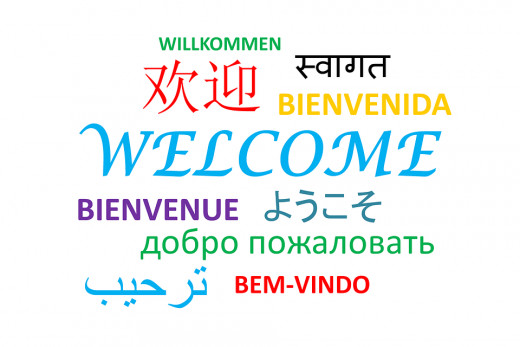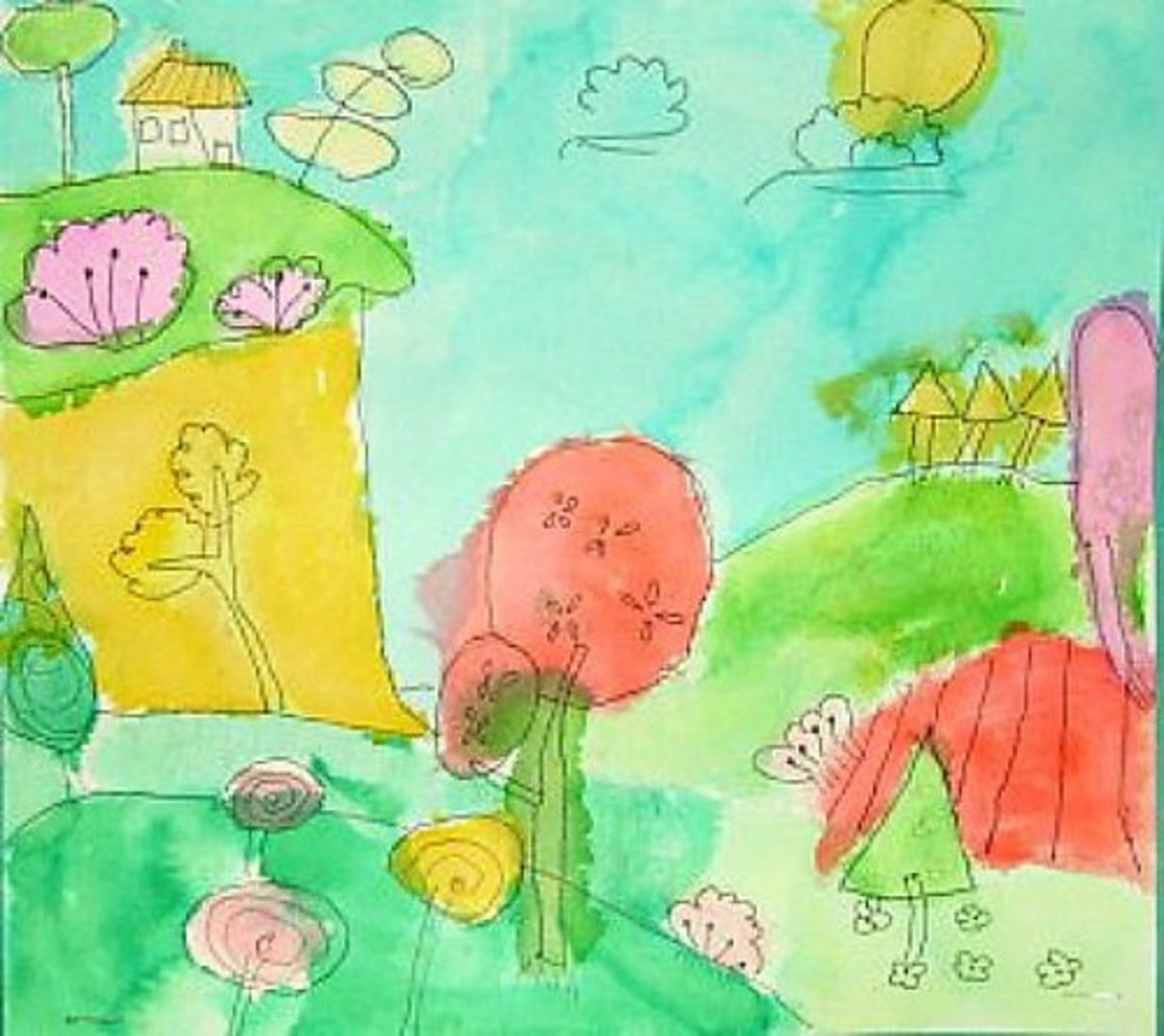Raising a Bilingual or Multilingual Child

Raising a bilingual or a multilingual child can be fun and should be fun for both the kid and the parents. However, it all depends on the parents who may turn the language acquisition process into an unforgettable experience or into a real hell. Making your child a polyglot requires a lot of commitment and perseverance but let me assure you, it is possible!
In order to succeed in making your kid bilingual or multilingual you need four things: a family agreement, a clear action plan, a strong commitment to your plan and lastly, never forget to have fun.
The first basic thing that you need is a family agreement on the languages you will use in your family and the languages that you want your kids to acquire. This is very important because if one of the parents doesn’t agree that it is necessary for the kid to learn a certain language, this parent can undermine the efforts of the other one.
Once you reach an agreement that you want your kid to be bilingual or multilingual, you have to sit together, make a practical plan for achieving your linguistic goal. The best tip I can give you for your practical plan is to be realistic! You have to be able to answer clearly who, when, where, how and how many languages you will practice with your kid. You may want to teach your kid 10 languages simultaneously but research shows that a kid absorbs up to 4 languages at the same time. A key issue to solve is who will introduce the languages to the kid?! According to linguists a kid needs to be exposed to at least 7-12 hours per week to a language to be able to acquire it. You have to take into account of course if you have the necessary time and resources to follow your plan. It is recommendable to buy a reliable book by a professional linguist with practical tips to make sure that you are on the right track and to see the different options and methods to pick the best strategy for your particular case.
Once you have reached a firm family agreement and you have decided what languages you want in your family, how, when and where you want to teach these languages, you may follow our ten tips for raising a multilingual child in order to achieve the other two important objectives: to stick to your plan and have fun.
1. Be consistent and make sure there is enough time for each language
2. Be patient and don’t expect wonders in three days
Be reasonable in your expectations. Don’t expect a kid to become fluent in a language for a few weeks. It takes time to acquire a language.
3. Be persistent but don’t force the kid
It is a mistake to stop talking in Polish to your kid simply because your kid refuses to answer in Polish and prefers to use only English. Very often, the kids overwhelm this initial negative reaction and when they grow up they speak their heritage language too. However, if you stop teaching the other language simply because your kid refuses to respond into it, most probably within a year or two the kid will not have even passive knowledge of that language.
4. Diversify the language exposure.
Don’t count only on one source of teaching a language. Diversify your teaching strategies as much as possible. In terms of speaking, a Mexican mom and an American dad living in Chicago may use the OPOL method, i.e. one person one language, which means that mom talks only in Spanish to the kid and dad talks only in English or they might choose the ML@H method (minority language at home). In this case, the whole family uses only Spanish at home, since the kid learns English in the community without any effort. Both methods are fine but they are not sufficient for achieving linguistic fluency. You need to add more sources of learning: books, TV programs, Internet resources, radio, songs, games, etc., take a babysitter and/or visit friends, cultural centers, churches or any other place where the kid can practice the language. Also, visit a country where the language is spoken if possible. Sending your kids to their grandma’s home in Bulgaria or to a summer camp in Portugal can do wonders.
5. Adapt and adjust your methods according to the age of your kids
You should encourage and develop your children’s linguistic skills until they are 18 in all possible ways.
6. Read, Talk and Share
Read books by professional linguists, talk to multilingual families and share your experiences with other people who have multilingual families or are interested in multilingualism.
7. Provide quality teaching
If you desire your child to be proficient in a language, make sure that you provide quality teaching. If you want your child to speak French with a Parisian accent, a babysitter from rural Quebec is highly unlikely to do the job. Pay attention to the vocabulary and contents of the TV programs, websites, songs and games you use as well. Another important thing is to avoid speaking Spanglish, Chinglish or any other mix of languages to your children. If you speak gibberish, your kid will copycat your speech. Your children will naturally mix the two or three languages you are teaching them until they reach the age of 6 or 7 but instead of confusing them additionally with your own gibberish mixes, you should continue to speak correctly.
8. Follow up your kid’s progress and be flexible
You need to keep track of your kid’s progress all the time to see how your methods work and also to detect any problems that might occur. There is no agreement among linguists whether bilingualism and multilingualism lead to delays in speaking but some bilingual and multilingual children start to speak a bit later, 3 to 6 months later. If all their peers already speak and your child doesn’t say a word, obviously you should consult with a specialist.
9. Ignore the killjoys
Unfortunately, the world is full of know-it-alls who “know” better than you how you should raise your own children and who love to give you tons of “expert” opinions how bad and useless it is for your kid to be bilingual and they might even tell you that speaking Swahili or Slovenian is a completely useless for your children. Don’t argue with them! Just smile, ignore them and stick to your language goals.
10. Have fun
And finally, it is really crucial to remember that language learning is fun for the kids, so don’t turn it into a boot camp! Forget the words “must”, “have to” and “supposed to”, use instead phrases like: “would you like to have some fun?” You don’t need to announce to the kid that this is a learning process and today’s lesson is the colors in Mongolian. Just use your creativity and introduce the colors in all possible ways, don’t yell and don’t be impatient. Turn it into a game. Kids are very enthusiastic to learn, especially when they think that it is a game.

© 2019 Chris Kostov








